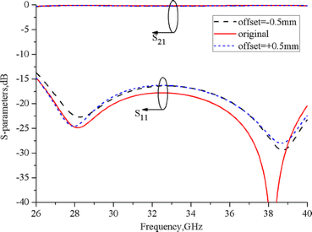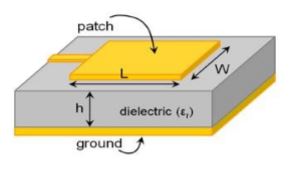

The classic whip or discrete wire antenna of decades ago, and often seen in movies, is just one of many physical antenna types (Figures 2 through 4).įig 5: There are different ways to characterize the genealogy of antenna design and implementation this is one example. Q: What does a typical antenna look like?Ī: That question cannot be answered as there is no such thing as a “typical” antenna. With antennas, there are many degrees of freedom to consider some of these are tightly linked to each other, while others are more loosely linked. These are not tradeoffs or compromises: they are deliberate choices made to better-fit the antenna to the application needs. For example, some applications need high directivity while others need the omnidirectional capability, Or some want wider bandwidth, and others need only narrower bandwidth. There is no such thing as an “ideal” antenna because every application has its own priorities. Q: How does an antenna differ from many other passive components?Ī: Antennas have tradeoffs (also called “compromises”) as do all components, but they often not so much related to compromise but instead focused on optimizing the antenna’s match to the application. Still, there is no formal ranking of their importance, as the relative ranking is a function of the application and its priorities. One or more of these will be more dominant factors in design and selection than the others. The references explain these in more detail some are “intuitive,” while others require a deeper understanding of EM physics. Q: What are some of the key parameters which are used to characterize antennas?Ī: As with any electronic component, whether active or passive, there are some top-tier factors which define performance.
MICROSTRIP ANTENNA THEORY FREE
A receiving antenna performs the complementary operation, capturing this EM energy in free space and confining it to a well-defined path (again, a wire or waveguide, as examples), then sending it to an RF front end.įig 1: An antenna functions as an energy transducer, dispersing EM energy into space or capturing it from space. A transmitting antenna takes electrical and electronic power (and energy) originating at an amplifier and which is in a confined space such as a wire or a waveguide and disperses (radiates) it as electromagnetic (EM) power into free space. An antenna is an energy transducer (Figure 1). Q: What are the functions and objectives of any antenna?Ī. This FAQ looks at antennas in brief and at a specific antenna embodiment: the microstrip (patch) antenna. Depending on the application, the same antenna may be used for both roles, or radically different ones may be employed. The passive antenna is a critical part of any wireless communications link, for both transmit and receive sides.

The microstrip antenna is a convenient, planar, easy-to-fabricate antenna with some attractive attributes and features, as well as some distinct limitations.


 0 kommentar(er)
0 kommentar(er)
